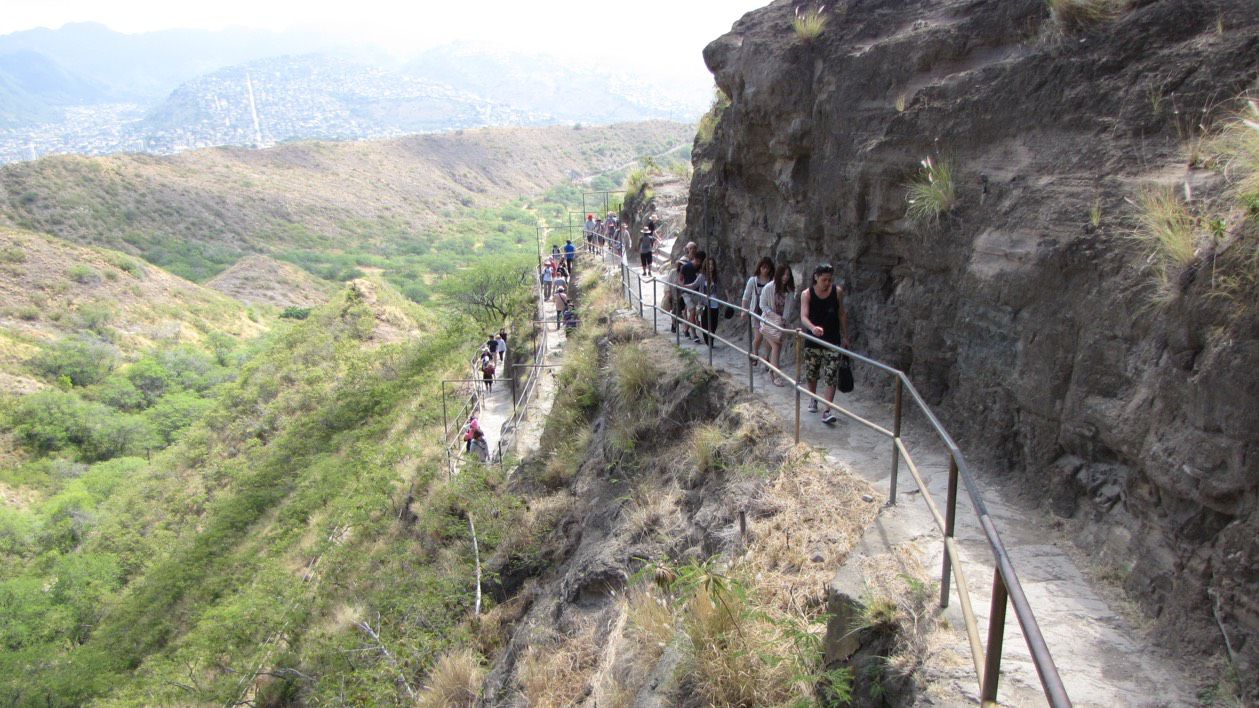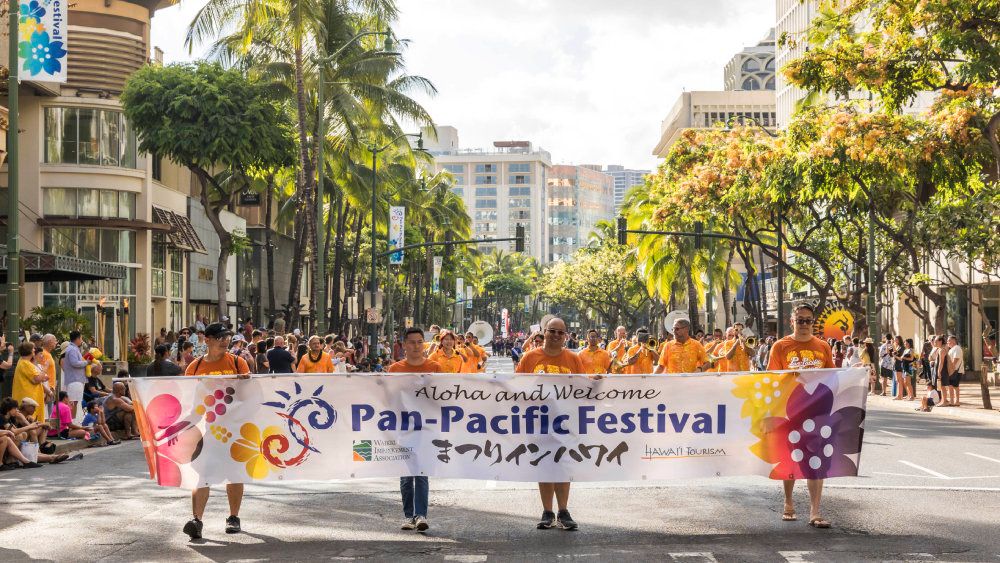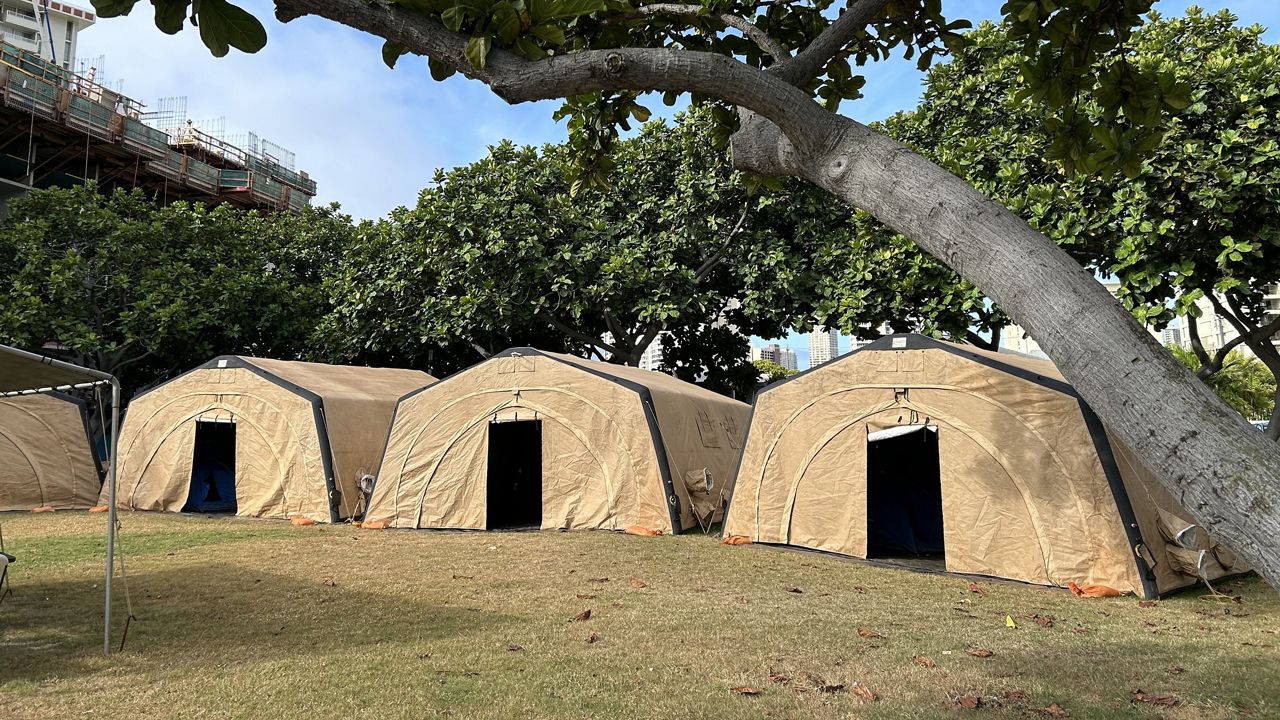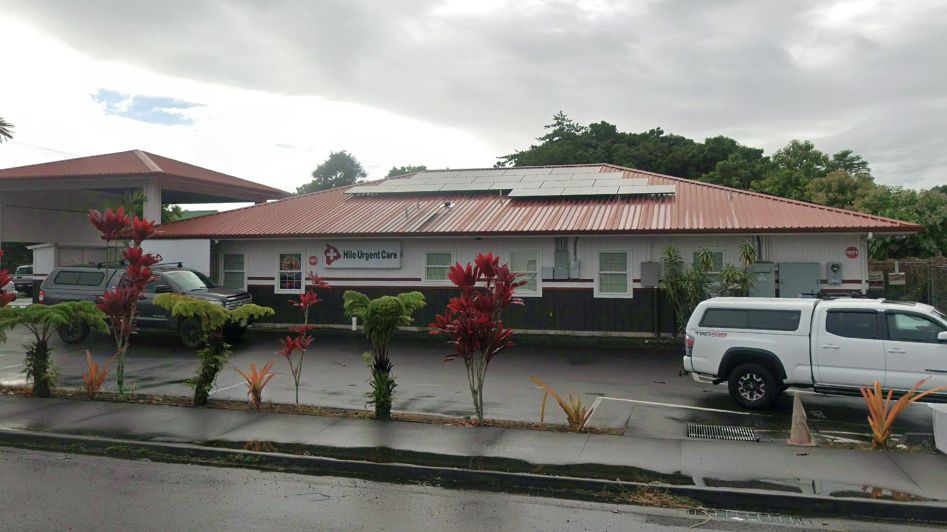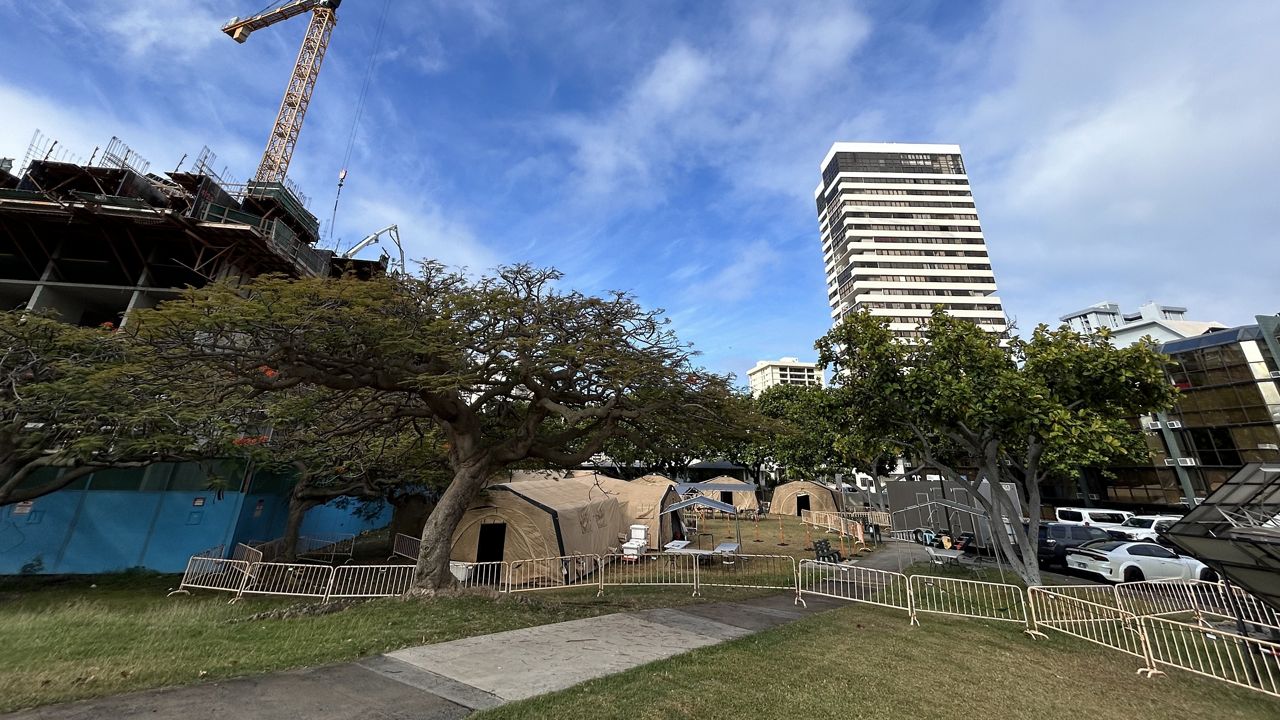HONOLULU — During a one peak hour on Dec. 27, 2019, some 1,200 people crowded the narrow pathways, tunnels and stairwells of Diamond Head State Monument seeking Instagram-worthy views and finding instead an impassable mass of sunscreen-slathered humanity the likes of which would have induced panic in the socially distanced pandemic world to come.
“It was not only unpleasant, it was dangerous,” said Alan Carpenter, assistant administrator of the Department of Land and Natural Resources’ state parks division. “There were people crowded in the tunnel who couldn’t move, couldn’t breathe. That is not the kind of experience we want people to be having in our parks.”
With domestic tourism back in full force and international visitors expected to join the mix soon, DLNR has unveiled its new reservation system for out-of-state visitors, hoping it will help prevent such scenarios.
As of May 12, all non-resident visitors will be required to make a reservation to visit the popular attraction. The new online reservation system went live on Thursday, drawing 106 views per minute, according to Carpenter. By midmorning, more than 300 reservations, about 10% of daily maximum capacity, were placed for a date two weeks out.
The new rules do not affect Hawaii residents, who may continue to visit the monument for free, without reservations, if they bring local identification.
Non-resident visitors are subject to a $5 entry fee. Non-commercial vehicles are charged $10 per vehicle for entry. Fees for commercial vehicles range from $25 to $90.
The monument is open from 6 a.m. to 4 p.m. daily.
The new rules are in place to help manage the flow of visitors to the monument by using reservations to spread out visits throughout the day and to balance walk-in and drive-in access. The system allows 150 walk-in reservations per one-hour block and 60 drive-in reservations every two hours.
“Limits are only for out-of-state visitors,” Carpenter emphasized. “It’s not the 50 locals who visit who are the problem. It’s the next 3,500 out-of-state visitors who follow. If only residents visited, it would be a pleasant experience every day of the year.
The system cost an estimated $500,000, which was paid by parking vendor Pro Park as part of a vendor contract that was restructured during the pandemic.
Revenue from the newly imposed fees will go toward maintaining and improving the monument, addressing the department’s $40 million worth of backlogged maintenance projects and supporting other state parks.
State Parks administrator Curt Cottrell said implementing the news rules and new reservation system on the fly was akin to “addling a canoe and re-rigging it at the same time.”
While DLNR has established reservation systems for Haena State Park and Waianapanapa State Park, Cottrell said Diamond Head’s mix of walk-in, drive-in, trolley and commercial vehicle traffic made it significantly different and more difficult process, or returning to his metaphor, “also having to sew up the canvas and find the paddlers.”
Michael Tsai covers local and state politics for Spectrum News Hawaii.




